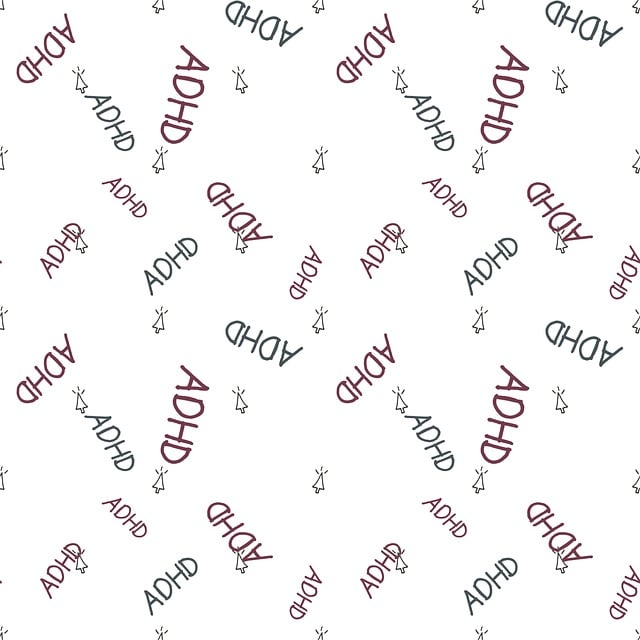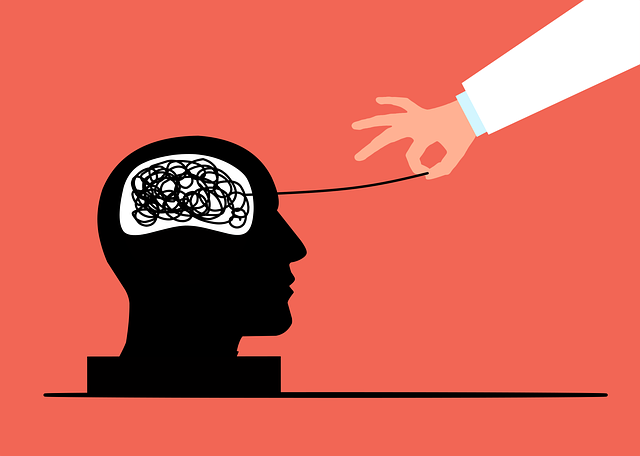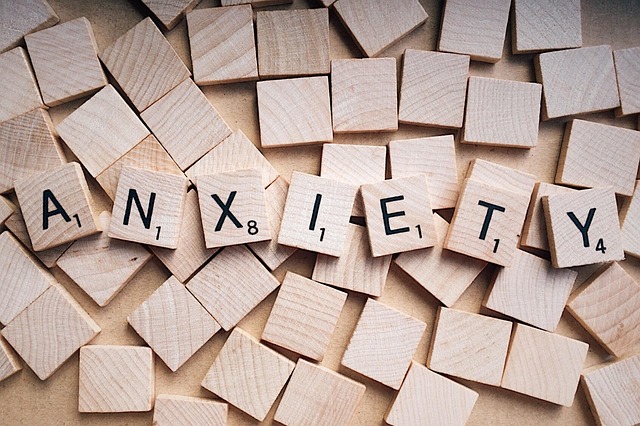Evaluating the therapy for EMDR (Eye Movement Desensitization and Reprocessing) involves a multi-faceted approach combining quantitative and qualitative methods. Standardized tools like the PTSD Checklist (PCL) and Clinical Global Impression (CGI) measure symptom severity changes, while client self-reports and clinical notes provide deeper therapeutic insights. This comprehensive evaluation ensures EMDR's crisis intervention guidance aligns with improved mental health outcomes, benefiting clients and healthcare providers through enhanced burnout prevention strategies. Client feedback surveys are vital for understanding the success of interventions, allowing therapists to tailor programs to individual needs.
Mental wellness program evaluations are crucial for understanding the effectiveness and impact of therapeutic interventions. This article explores diverse evaluation methods, from quantitative analysis techniques like statistical treatment data assessment and longitudinal studies, to qualitative approaches such as interviews, case studies, and client narratives.
We delve into the specific assessment of EMDR (Eye Movement Desensitization and Reprocessing) therapy, examining outcomes measurement, client feedback, and session progress tracking. Discover how these methods collectively contribute to evaluating mental wellness programs and improving therapeutic outcomes.
- Assessing the Effectiveness of EMDR Therapy
- – Measuring treatment outcomes
- – Client feedback and satisfaction surveys
Assessing the Effectiveness of EMDR Therapy

The effectiveness of Eye Movement Desensitization and Reprocessing (EMDR) therapy can be assessed through various evaluation methods tailored to its unique approach. This therapy for EMDR involves guiding clients through bilateral stimulation while recalling traumatic memories, helping them process and resolve distressing emotions. To measure success, practitioners often use standardized assessment tools designed for post-traumatic stress disorder (PTSD), such as the PTSD Checklist (PCL) or Clinical Global Impression (CGI). These tools allow for quantitative data on symptom severity before and after treatment, providing concrete evidence of EMDR’s impact.
Additionally, qualitative assessments like client self-reports and clinical notes offer valuable insights into the therapy for EMDR experience. Mental wellness podcast series production often incorporates these methods to capture clients’ perceived changes in emotional well-being, self-efficacy, and overall quality of life. This comprehensive evaluation ensures that the crisis intervention guidance provided by EMDR aligns with observed improvements in mental health outcomes, further enhancing burnout prevention strategies for healthcare providers who utilize this evidence-based therapy.
– Measuring treatment outcomes

Measuring treatment outcomes is a vital aspect of evaluating the effectiveness of any mental wellness program, including therapy for EMDR (Eye Movement Desensitization and Reprocessing). This process involves assessing changes in symptoms, behavior, and overall emotional well-being before, during, and after treatment. Standardized assessment tools and questionnaires can be used to quantitatively gauge improvements, allowing professionals to track progress and make informed adjustments to the program’s design.
One of the key outcomes to consider is the reduction of trauma-related symptoms and an improved ability to cope with distressing memories or emotions. Additionally, measuring changes in lifestyle factors such as social engagement, work performance, and leisure activities can provide a comprehensive view of emotional well-being promotion techniques. The implementation of a Community Outreach Program, which fosters connections and support within communities, may also significantly impact treatment outcomes and overall mental wellness.
– Client feedback and satisfaction surveys

Client feedback and satisfaction surveys are invaluable tools in evaluating mental wellness programs, particularly when focusing on therapy methods like EMDR (Eye Movement Desensitization and Reprocessing). These surveys provide insights into clients’ perceptions of their therapeutic journey, allowing program administrators to gauge the effectiveness of interventions. By collecting feedback, therapists and evaluators can understand how well the program aligns with clients’ needs, addresses specific challenges, and fosters coping skills development.
Satisfaction surveys often include questions about the overall experience, the quality of the therapist-client relationship, and perceived improvements in symptoms or daily functioning. These evaluations not only reflect client satisfaction but also offer a chance to identify areas for improvement within the program structure. For example, feedback may highlight the need to emphasize self-care routine development for better mental health or strengthen the focus on inner strength development through EMDR therapy.
Evaluating mental wellness programs, such as EMDR therapy, is crucial to understanding their effectiveness. By combining objective measures of treatment outcomes with subjective client feedback through satisfaction surveys, practitioners can gain a comprehensive view of the program’s impact. This dual-approach ensures that both the quantitative and qualitative aspects of healing are considered, ultimately enhancing the quality of care provided in EMDR therapy for individuals seeking mental wellness support.









